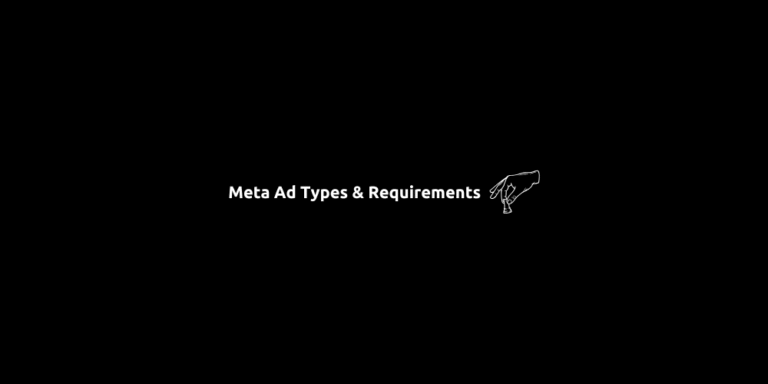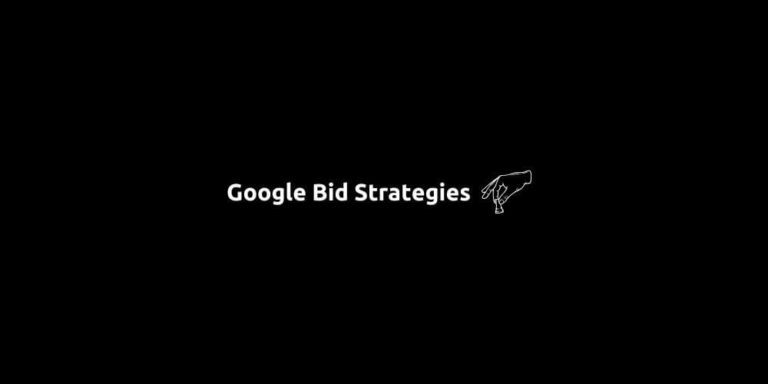Meta Catalog Ads – A Must for E-Commerce Success
In the world of performance marketing, Meta Catalog Ads have become one of the most powerful tools for e-commerce brands looking to scale their sales.
Sound good, right? But what is Meta Catalog Ads?
At its core, a Catalog Campaign allows advertisers to dynamically showcase their product inventory using real-time data. Whether you have hundreds or thousands of SKUs, Meta pulls information directly from your product catalog and displays it in highly personalized ads tailored to users’ interests and behaviors. This real-time personalization plays a massive role in retargeting users who’ve already interacted with your site, while also expanding your reach to potential new customers using broad or interest-based targeting strategies.
In this article, we’ll explore more about Catalog Ads. How they work, and how to set them up effectively? Why they’ve become a cornerstone for high-performing product-based campaigns? How they interact with Meta’s other campaign objectives to drive a seamless customer journey? And when to use this campaign type?
Let’s dive in.
Content:
- What Are Meta Catalog Ads?
- How to Set Up Meta Catalog Ads?
- Blending Catalog Ads With Other Meta Campaign Objectives
- How to Get Started With Meta Catalog Ads?
What Are Meta Catalog Ads?
Meta Catalog Ads are dynamic ad formats that pull information directly from a business’s product catalog and display relevant items to users. The ads automatically adjust to user behavior, showing the right product to the right person at the right time.
To use Catalog Ads, advertisers need to upload a product catalog to Meta Business Manager. This catalog typically contains a feed with data like product name, image, price, availability, URL, and other customizable fields. Once uploaded, this catalog can be connected to dynamic ad formats across various campaign objectives, most commonly in Sales Campaigns optimized for Catalog Sales.
One of the key benefits of Catalog Ads is automation. Rather than designing individual creatives for every single product, Meta automatically pulls the best-suited items from your catalog based on what each user has previously browsed, added to cart, or shown interest in. This is ideal for large inventories where manual ad creation would be time-consuming and inefficient.
But it doesn’t stop at retargeting. Catalog Ads can also be used to prospect new customers using broad audience targeting, allowing Meta’s algorithm to identify people most likely to convert, even if they haven’t visited your website yet. This makes Catalog Ads a versatile format that fits well into both Traffic and Sales campaigns, depending on your funnel stage and business goals.
How to Set Up Meta Catalog Ads?
Setting up Catalog Ads starts with a clear structure inside Meta Commerce Manager. The first step is to create and upload your product catalog, either manually or via integrations. Once the catalog is live, advertisers can link it to a campaign inside Meta Ads Manager using the Sales Objective with Catalog Sales as the campaign type.
You’ll then need to create a Product Set, which is essentially a grouping of items filtered by category, price, availability, or tags. For example, you might create one set for “Summer Dresses” and another for “Running Shoes.” This allows you to tailor your messaging and audience targeting per product category.
The ad format itself usually appears as a carousel, collection, or single image ad, automatically populated with product images and details from your catalog. You can add overlays like “Free Shipping” or “20% Off” dynamically, and test multiple versions using Meta’s A/B testing tools.
Blending Catalog Ads With Other Meta Campaign Objectives
While Catalog Ads are a core format within Sales Campaigns, they should be part of a broader full-funnel strategy imo. By combining Catalog Ads with other campaign objectives, you can guide your audience through every phase of the buyer’s journey.
- Awareness & Engagament Campaigns: Before jumping into catalog retargeting, it’s smart to warm up your audience. These campaigns are designed to seed interest in your brand and introduce users to product categories.
- Traffic Campaigns: You can use this type of campaigns to drive users to specific product collections or new arrivals. If they don’t convert immediately, Catalog Ads can re-engage them based on what they browsed.
In Adition, when it comes to when to use Catalog Ads, the most effective scenarios are:
- Retargeting Visitors: Show products that a user viewed or added to cart but didn’t purchase.
- Cross-Selling/Upselling: Show related or complementary products after a purchase.
- Broad Audience Prospecting: Let Meta identify high-intent users who haven’t visited your site but share behaviors with your existing customers.
How to Get Started With Meta Catalog Ads?
In a digital landscape where personalization, automation, and efficiency are key, Catalog Ads offer a winning solution, especially for e-commerce advertisers. The campaign streamline your workflow and eliminate the need for manual ad creation at scale.
When structured correctly, Catalog Ads can significantly increase your return on ad spend and lower your customer acquisition costs. Short story long, for any e-commerce brand looking to scale, Catalog Ads is not optional, essential.
However, in the end, success requires a strategic approach, continuous learning, and regular optimization. With the right planning and execution, Meta Ads can be a game-changer in your digital marketing strategy. And this is what we do at SS&T Digital. 👇






